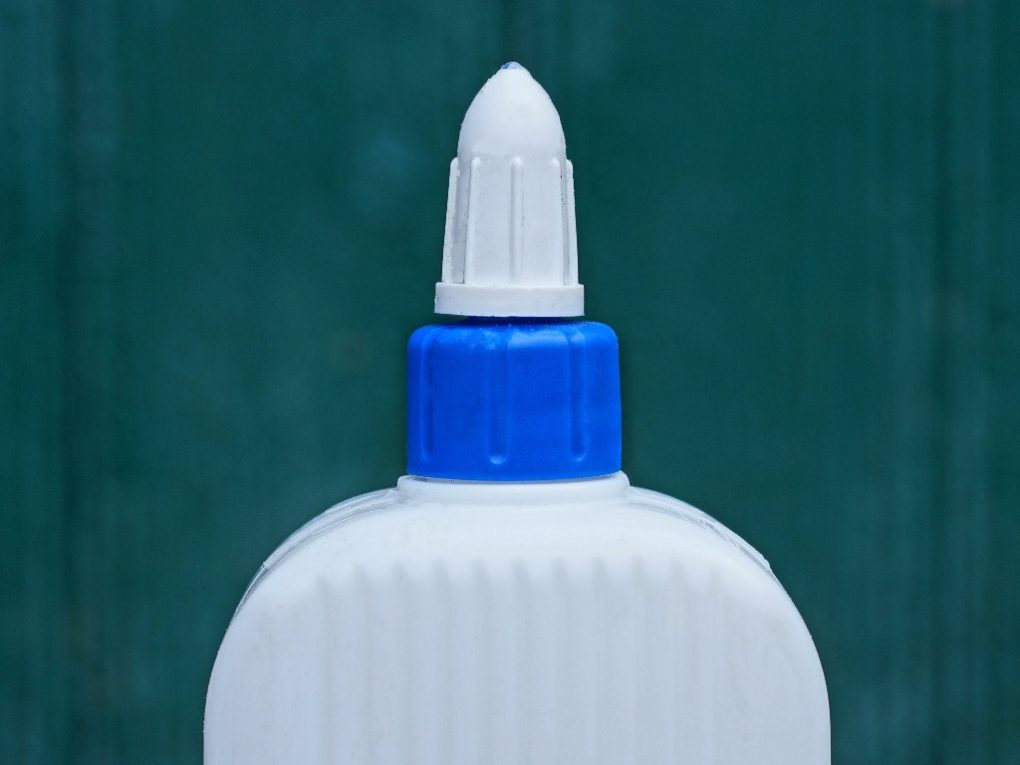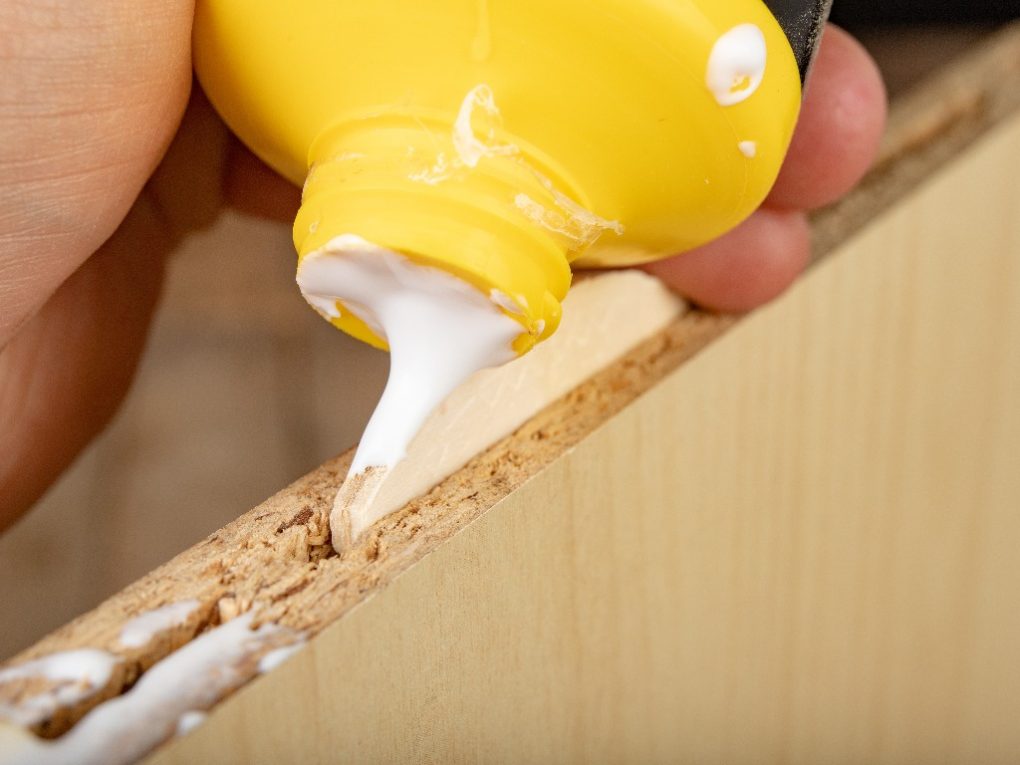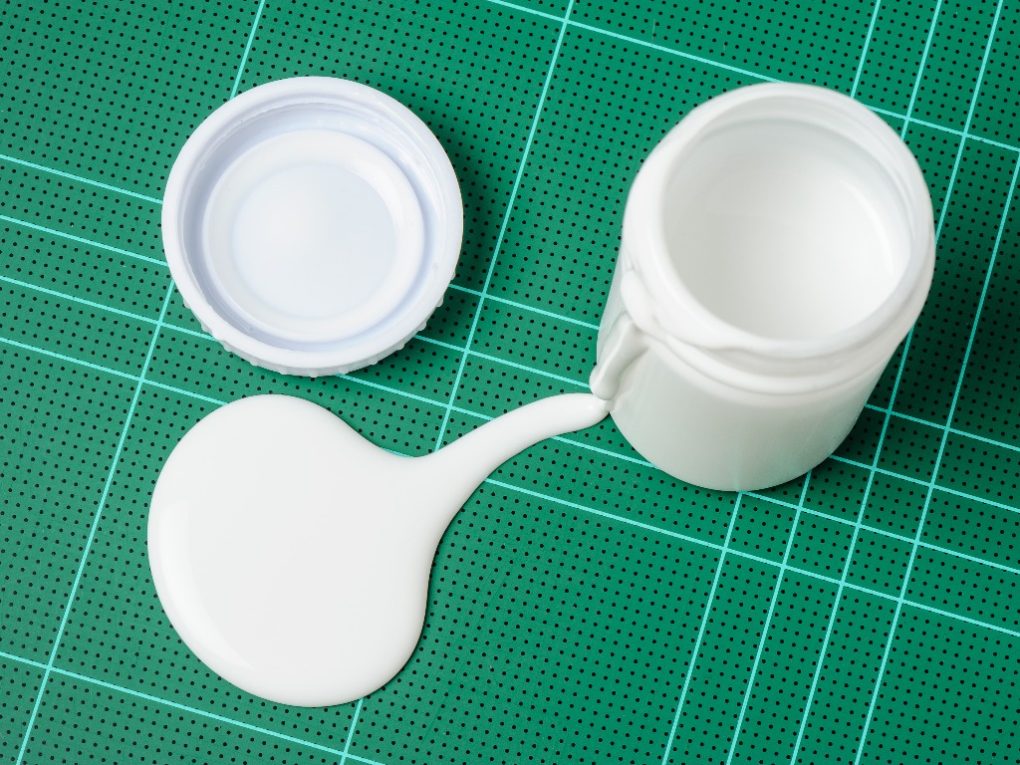How Much Glue Is in a Bottle: A Quick Guide
A standard-sized glue bottle can hold different amounts depending on the brand and type of glue. For example, a 4-ounce bottle of Elmer’s glue can hold about 118 mL of glue, while a gallon of Elmer’s glue contains 128 ounces, filling up about 32 standard-sized bottles. Knowing how much glue is in a bottle is important to ensure you have enough for your project and avoid wasting glue.


When using glue, it is also important to consider the type of project you are working on and the amount of glue needed. Based on experience, some projects may require more glue than others, while others only need a small amount. For example, knowing how much glue is in a bottle can help you determine how much glue you will need for your project and prevent overusing or underusing glue.
Understanding how much glue is in a bottle can help with storage and organization. By knowing the size of a glue bottle and how much it can hold, you can determine the best way to store your glue and ensure you have enough space for all your supplies.
Amount of Glue in a Bottle
Amount of Glue in Each Bottle Size
A standard-sized bottle of Elmer’s glue is 4 ounces, holding about 118 mL. A gallon of Elmer’s glue contains 128 ounces, filling about 32 standard-sized bottles. Here is a breakdown of how much glue each bottle size can hold:
| Bottle Size | Amount of Glue |
| 1.25 ounces | 37 mL |
| 4 ounces (standard size) | 118 mL |
| 7.625 ounces | 225 mL |
| 16 ounces | 473 mL |
| 1 gallon | 3,785 mL |
It’s important to note that different types of glue may have different densities and weights, which can affect the amount of glue in each bottle. However, as a general rule, the above table should provide a good estimate of how much glue is in each bottle size of Elmer’s glue.
Factors Affecting the Amount of Glue in a Bottle
Viscosity
The viscosity of the glue affects the amount of glue in a bottle. Viscosity is the measure of a fluid’s resistance to flow. According to Princeton University, if the glue is more viscous, it will take up less space in the bottle. A less dense glue will take up more space in the bottle. Therefore, the amount of glue in a bottle depends on the viscosity of the glue.
Density
The density of the glue also affects the amount of glue in a bottle. Density measures how much mass is contained in a given volume. If the glue is denser, it will take up less space in the bottle. If the glue is less dense, it will take up more space in the bottle. Therefore, the amount of glue in a bottle depends on the density of the glue.


Container Shape and Size
The shape and size of the container also affect the amount of glue in a bottle. The shape of the container can affect how much glue can fit in the bottle. A container with a narrow opening will have less glue than a container with a wider opening. The size of the container also affects the amount of glue in a bottle. A larger container will have more glue than a smaller container.
Temperature
Extreme temperatures can affect the viscosity of the glue and how easily it flows out of the bottle. In colder temperatures, the glue may be thicker and harder to dispense, while in hotter temperatures, the glue may be thinner and more likely to flow out of the bottle quickly.
Storage Conditions
The glue’s storage can also affect its viscosity and how easily it flows out of the bottle. For example, if the glue is stored upright, it may take longer to flow to the bottle’s opening, dispensing less glue. On the other hand, if the glue is stored upside down, it may flow too quickly out of the bottle, resulting in too much glue being dispensed.
Tips to Measure the Amount of Glue in a Bottle
Measuring the amount of glue in a bottle is important for several reasons. First, whether you are trying to determine how much glue you need for a particular project or want to know how much glue you have left, there are a few methods to measure the amount of glue in a bottle.
Weighing the Bottle
One of the easiest ways to measure the amount of glue in a bottle is to weigh the bottle. First, weigh the bottle when it is full of glue. Then, use a spoon or other measuring device to remove some of the glue from the bottle. Finally, weigh the bottle again and subtract the weight of the remaining glue from the weight of the full bottle. This will give you the weight of the glue that you removed.
Measuring the Volume
Another way to measure the amount of glue in a bottle is to measure the volume of the glue. You can do this by pouring the glue into a measuring cup and reading the volume. If you don’t have a measuring cup, use a graduated cylinder or another container with volume markings.


Counting the Squeezes
If you don’t have a scale or measuring cup, you can estimate the amount of glue in a bottle by counting the number of squeezes it takes to empty the bottle. This method is less precise than weighing or measuring the volume, but it can estimate how much glue you have left.
Whichever method you choose, it’s important to remember that the amount of glue in a bottle can vary depending on how much air is in the bottle and how much glue has already been used. For best results, use one of these methods to measure the amount of glue in a new, unopened bottle.
